Last updated on 2025-10-26
A review and Photo example of the Leica D-LUX4 (Safari-2009ver) digital camera.
- Please see the disclaimer regarding advertising here.
- Italicized links in the text are advertisement links that take you to other sites.
Gallery
[Best_Wordpress_Gallery id=”155″ gal_title=”LEICA D-LUX4″]Review
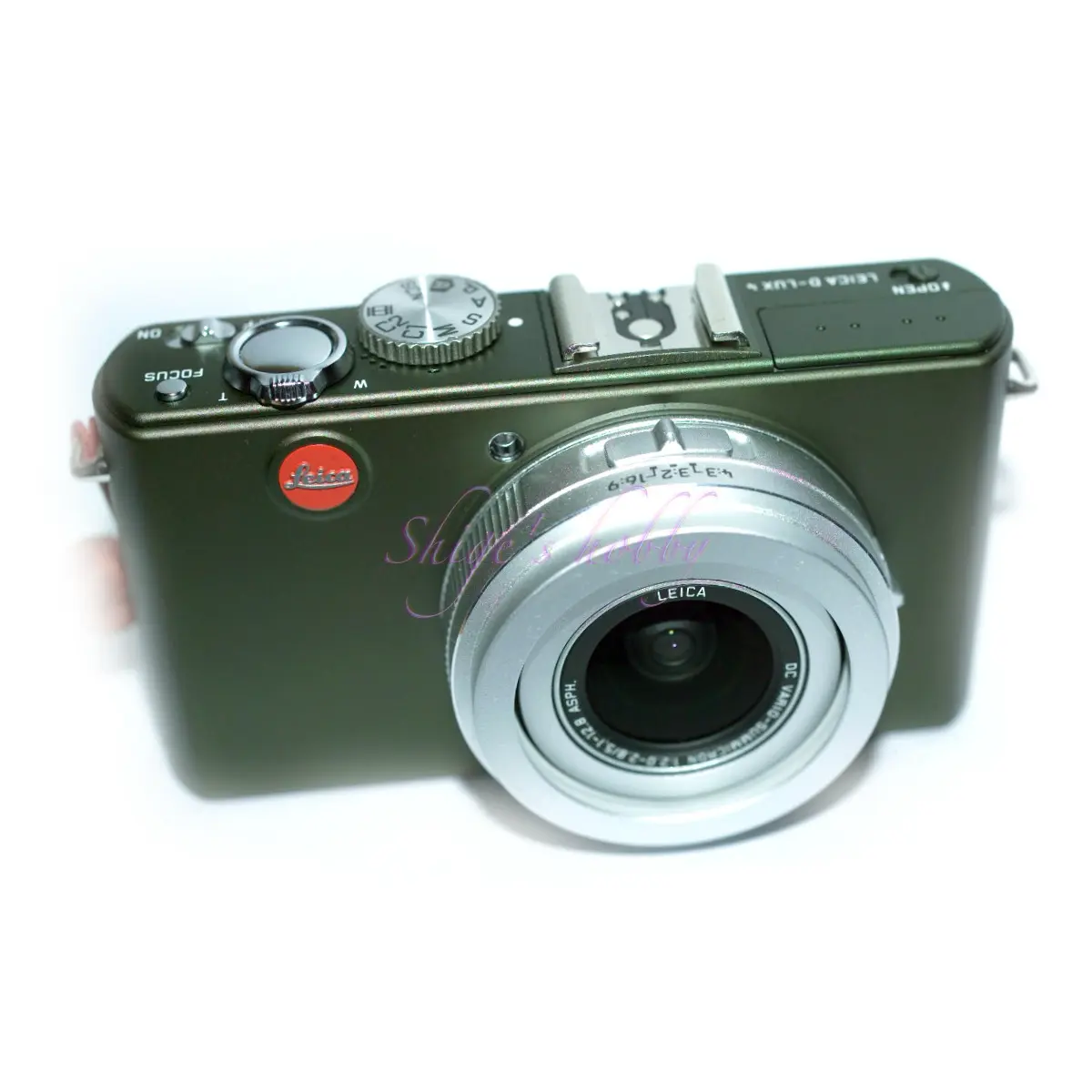
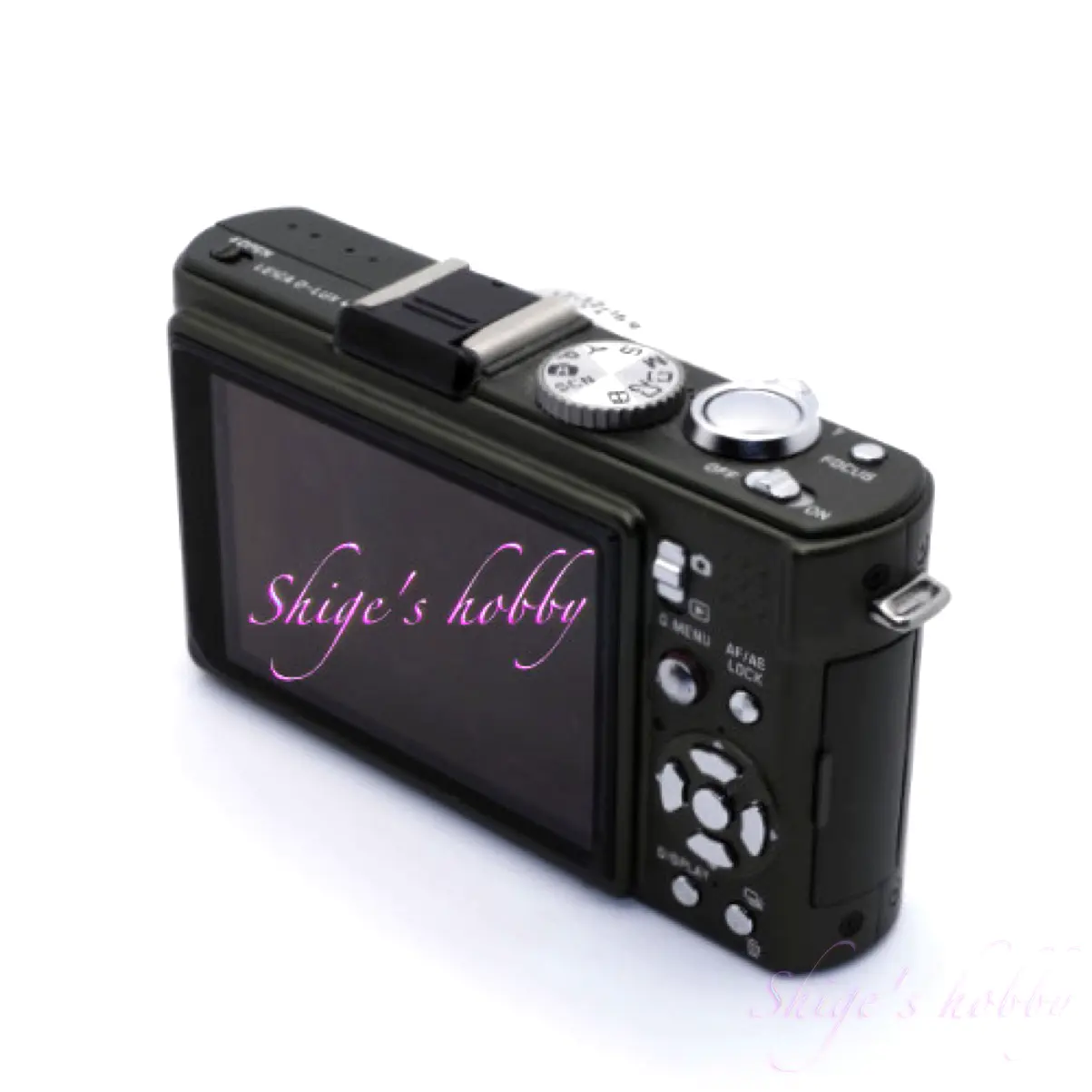
1.Overview
The D-LUX4 is a compact digital camera released by Leica in 2008.
The main features are as follows, and details are listed in the specifications.
The shooting distance is 30cm to infinity, and it has a macro mode that allows you to get as close as 1cm in front of the lens.
- The recording format is JPEG and RAW (RAW format is Panasonic’s RWL format).
- It comes in three colors: black, safari, and titanium.
- This camera is an OEM for Panasonic, and the original OEM is the DMC-LX3.
The lens of this model is a specially designed Vario-Summicron 5.1mm F2-12.8mm F2.8 2.5x zoom lens, which has a focal length equivalent to 24mm-60mm in 35mm format.
The Panasonic DMC-LX3, the sister model of the D-LUX4, has a bulge in the body grip to improve grip.In contrast, the D-LUX4 has a flat shape overall except for the lens barrel, and the appearance is simple.
The D-LUX4 comes with a grip (sold separately) to improve the camera’s grip. Alternatively, you can improve the grip by attaching a leather case (sold separately).
One problem with older compact digital cameras is the battery, and the model number of the D-LUX4’s battery is “BP-DC4-J/E.”
This battery has many compatible products, including the FUJIFILM NP-70, Panasonic DMW-BCC12, PICOH DB-60/65, SIGMA BP-41, and PENTAX D-LI106/D-BC106, so it can be purchased from Rakuten or Amazon.
2.Usability
The image quality of the LEICA D-LUX4 is that of a compact digital camera with a small sensor, and there are no special features.
However, it has sufficient resolution for both distant and close-up shots, so you will not have any problems with general photography. However, you will have to accept that the Achilles’ heel of compact digital cameras with extremely small sensors is that the image becomes noisy when the ISO sensitivity is increased.
The focus mode of this camera is changed with the slide switch next to the lens barrel. There are three types: normal AF, macro AF, and MF. Macro AF mode is designed to focus from macro to infinity. When this macro AF mode is selected, the lens moves throughout the entire focusable area every time you focus, so the focus operation is very slow.
If you feel that the autofocus of the camera is slow, check that the focus mode slide switch is not set to macro AF mode and set it to normal AF to improve the behavior.
This specification is questionable in the first place, and since the focus mode can be easily switched with the slide switch, it seems better to limit the macro AF mode to about 1m from the minimum shooting distance.
Unusually for a compact digital camera, it supports RAW format for saving images, and records in the RWL format developed by Panasonic.
Even though it is a very small sensor compact digital camera, shooting in RAW gives you more flexibility in post-processing than JPEG.
If you use RAW development software that does not support lens correction, barrel distortion will be noticeable, and when recording in JPEG, distortion etc. is corrected for the captured image.
Comparing a raw image straight developed in RWL format at the widest angle of 24mm with a JPG image, the raw image has rich gradation but noticeable distortion. In contrast, the JPG image has compressed gradation and is lighter, but you can see that the image has been corrected for lens distortion. With this camera, it is better to record raw and JPG at the same time when considering post-processing. If you are satisfied with the JPG image, use it, and if you want to make further adjustments, you can correct the distortion and gradation of the raw image.
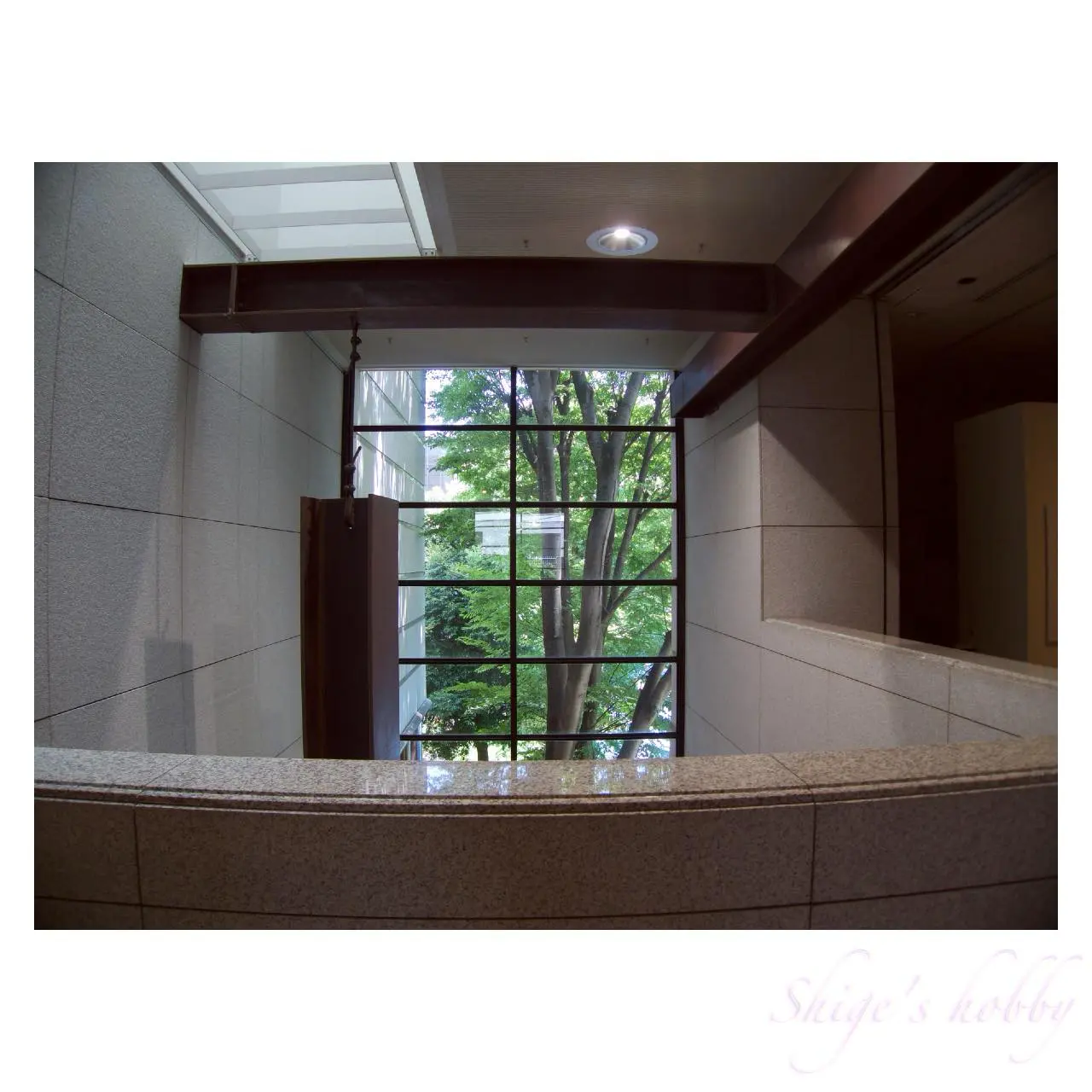
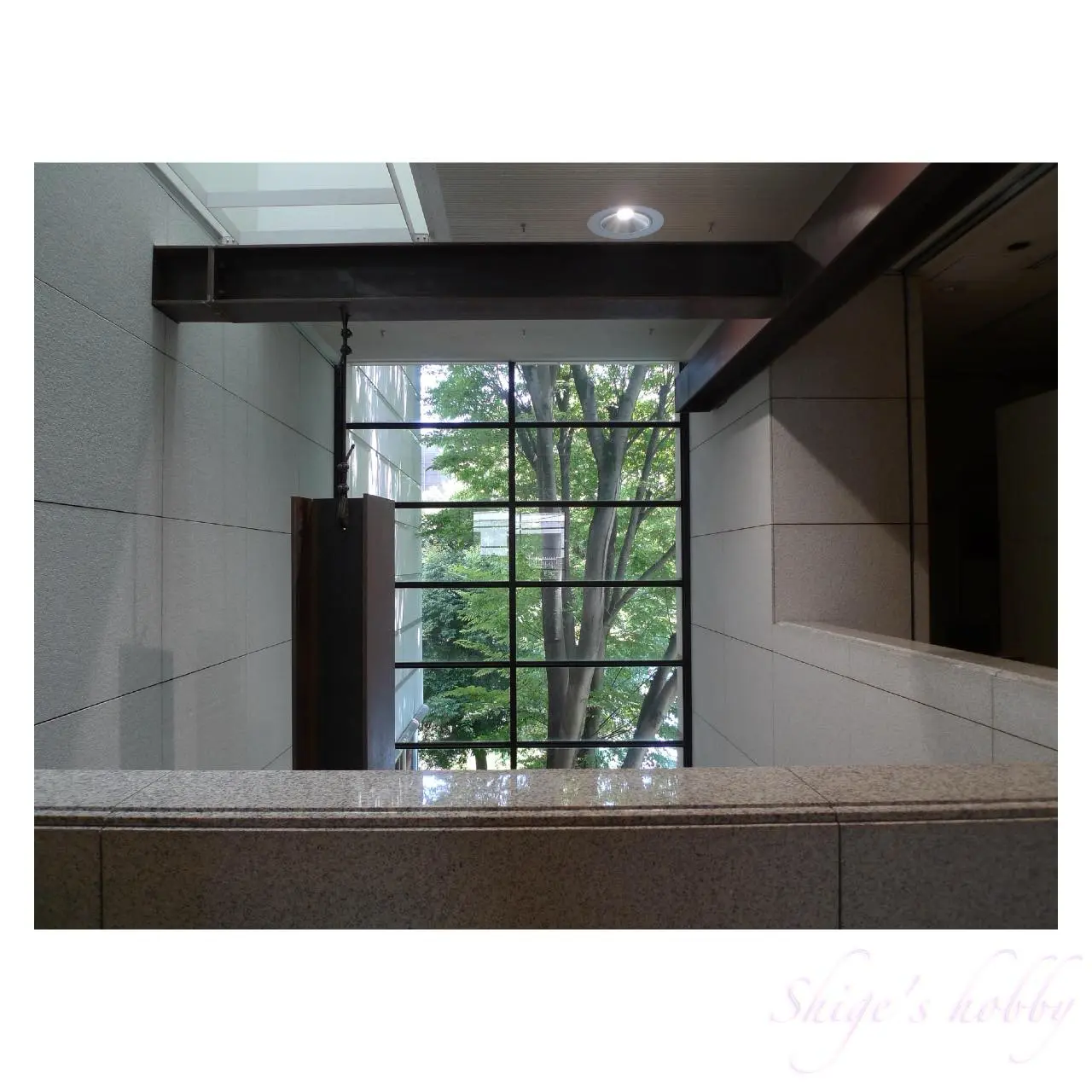
Of the Leica traditional Safari color that has continued from the LEICA R3, there is a camera with a lens-integrated camera, the LEICA Q typ116, with Safari-colored leather upholstery. However, the D-LUX4 Safari is the only lens-integrated camera with a Safari-colored body. Leica M-type bodies are available in Safari colors for the LEICA M8.2, Leica M-P, and Leica M10-P.
Compared to the black color that was first released, the Safari color has a subdued matte green texture and goes well with the red badge. The titanium color released at the same time also has a titanium-colored Leica badge, making for a sophisticated camera. Among Leica’s integrated lens digital cameras, the LEICA D-LUX4 has a very good color lineup.
3.Summary
In conclusion, to sum up the D-LUX4 is a camera with an impressive matte, calm olive green color.
With 10 megapixels, it has enough performance to reduce the image and use it on the web or social media, but for printing A4 or larger, you can’t expect too much from a compact digital camera of the time it was released.
This is a camera to buy if you fall in love with the appearance, and performance is secondary.
Specification
The successor LEICA D-LUX5 and LEICA D-LUX6 also have the same focal length at the wide-angle end of 24mm, and the telephoto end is extended to 90mm. However, for street snapshots, the telephoto end of the LEICA D-LUX4’s 60mm is sufficient.
In the “Usage” section, it is noted that the Raw images of the D-LUX4 include lens distortion as is, but the successor D-LUX6 seems to include lens correction in the Raw images, so the Raw gradation is intact and there is no distortion, making the images easier to handle. There is some debate as to whether images that include lens correction should be called Raw, but if the gradation is the raw image of the sensor, there is no doubt that it is more convenient to handle the image without distortion.
| Item | Value | Note |
| Number of pixels (Megapixcel) | 10.1 Megapixels | |
| Lens | LEICA DC VARIO-SUMMICRON 1:2-2.8 /5.1-12.8 ASPH. | 8 elements in 6 groups (4 aspherical lenses) 24-60mm equivalent |
| Image Sensor | 1/1.63 inc CCD sensor | |
| Viewfinder | none | |
| Back LCD Panel | 3 inch TFT LCD | |
| Memory card | SD / SDHC card | Supports up to 32GB |
| Battery-type | BP-DC4-J/E | DMW-BCC12 |
| Camera size | W x H x D 108.7×59.5×27.1mm | |
| Weight(g) | 228 |
Model History
| Model name | D-LUX | D-LUX2 | D-LUX3 | D-LUX4 | D-LUX5 | D-LUX6 | D-LUX Typ109 | D-LUX7 |
| 35mm equivalent focal length | 35-105 | 28-112 | 28-112 | 24-60 | 24-90 | 24-90 | 24-57 | 24-75 |
| Number of pixels (Megapixcel) | 3.2 | 8.6 | 10.2 | 10.1 | 10.1 | 10.1 | 12.8 | 17 |
| Image Sensor Size | 1/2.5 | 1/1.65 | 1/1.65 | 1/1.63 | 1/1.63 | 1/1.63 | 4/3 | 4/3 |
| Viewfinder | OVF | none | none | none | EVF1 | EvF3 | Inner- EVF | Inner- EVF |
| Back LCD Panel | 1.5 | 2.5 | 2.8 | 3.0 | 3.0 | 3.0 | 3.0 | 3.0 |
| Battery-type | BP-DC6 | BP-DC4 | BP-DC4 | BP-DC4 | BP-DC10 | BP-DC10 | BP-DC15 | BP-DC15 |
| Memory card | SD | SDHC | SDHC | SDHC | SDXC | SDXC | SDXC | SDXC |
| Release date | 2003 | 2005 | 2006 | 2008 | 2010 | 2012 | 2014 | 2018 |
| Body color | Silver | Silver | Black Silver | Black Safari Titan | Black Titan | Black Y100 G-star RAW | Black Gray | Black Silver |
Options
- Leather Case
- Strap
- Dedicated back
- Dedicated grip (#18697)
Affiliate links
- Please see the disclaimer regarding advertising here.
- Italicized links in the text are advertisement links that take you to other sites.

- Leica lens・Ads by Amazon
- Leica digital・Ads by Amazon
- Leica camera body・Ads by Amazon
- Leica accessory・Ads by Amazon
- Leica book・Ads by Amazon
Reference links
- D-LUX4 Safari product introduction by Impress digital camera-watch
- DCM-LX3 product introduction by Panasonic official
Update history
- 2025.7.22
- 2024.06.25
- 2024.03.06
- 2022.08.24

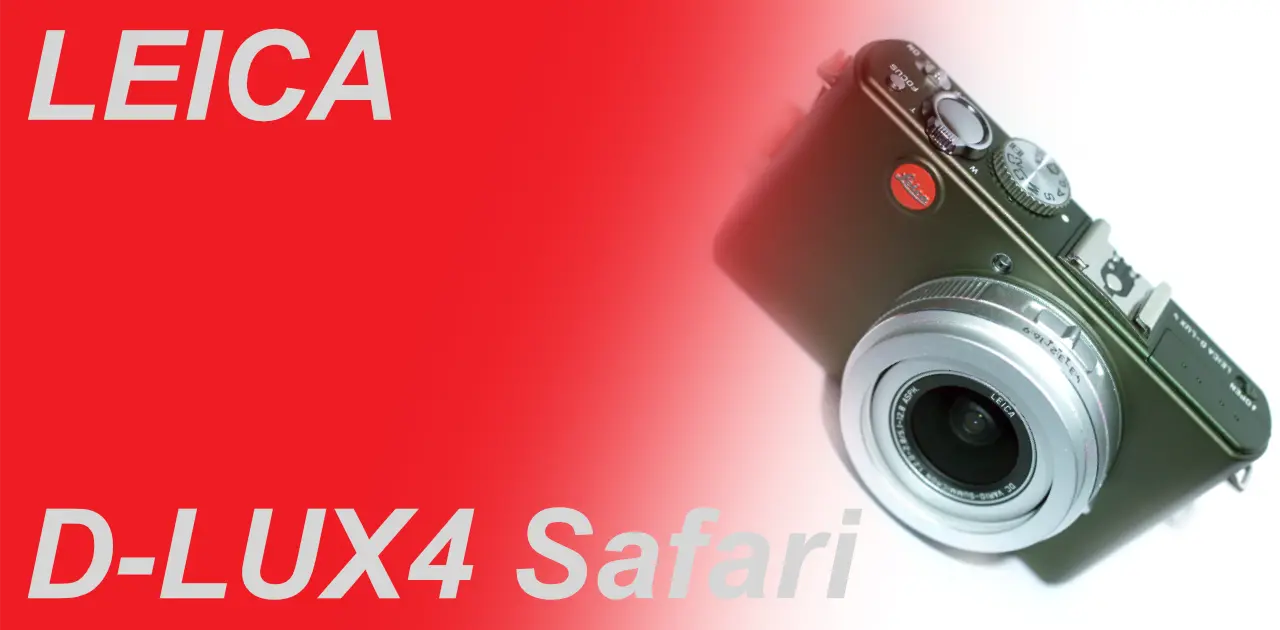

Be First to Comment